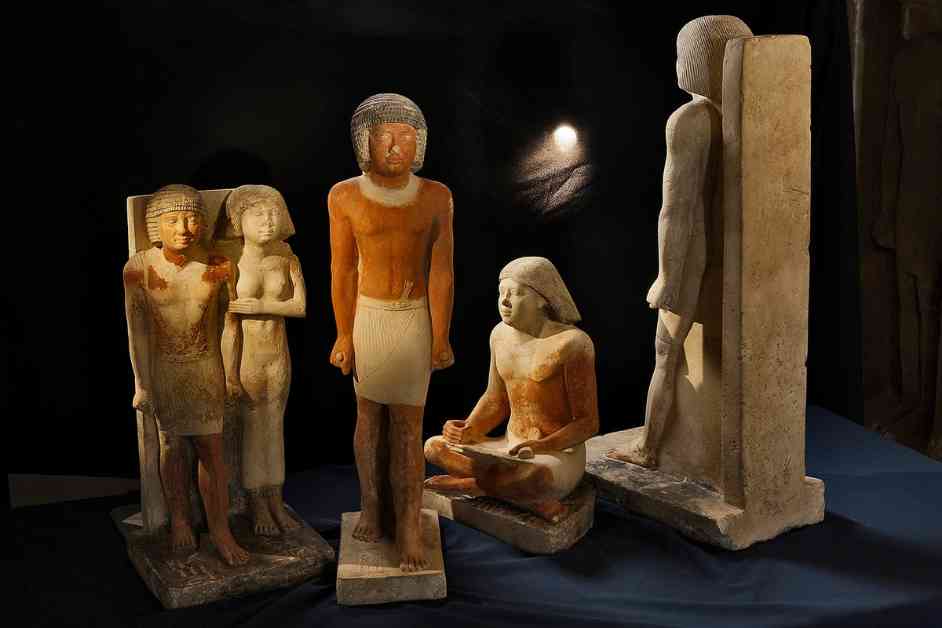Ancient Egyptian Scribes and Their Aching Backs
Ancient Egyptian scribes, who held prestigious roles in society and spent long hours writing important texts in hieratic cursive, may have suffered from back and neck pain due to their prolonged sitting and kneeling positions. Recent research conducted by the Czech Institute of Egyptology examined the skeletal remains of 69 male individuals, 30 of whom were known to be scribes based on written documents found in their tombs.
The study revealed that these scribes experienced strain and overloading at various joints in their bodies, including the knees, fingers, thumb, ankles, shoulders, lower jaw, right collarbone, neck, and back. Osteoarthritis in the right knee was a common finding among the scribes, likely caused by the repetitive squatting position they adopted while writing.
Veronika Dulíková, an Egyptologist involved in the study, emphasized that this research provides valuable insights into the physical activity of ancient scribes. The comparison of skeletal traits between scribes and nonscribes showed significant signs of wear and tear in the joints of the former group, indicating the occupational strains they endured from sitting in uncomfortable positions for extended periods.
Petra Brukner Havelková, an anthropologist, highlighted the similarity between the skeletal degeneration observed in ancient scribes and modern-day individuals who sit for long hours in inappropriate positions. The study suggests that the physical toll of prolonged sitting on the human skeleton has remained consistent over time.
While more data is needed to strengthen these findings, experts like Hana Navratilova and Joe Wegner acknowledge the significance of understanding the working conditions of ancient Egyptian scribes beyond artistic representations. Navratilova commended the study for shedding light on the individual positions of the scribes and their impact on the body, while Wegner noted the rare opportunity to connect skeletal samples with historical records to gain a comprehensive understanding of the scribes’ lives.
Looking ahead, the researchers plan to validate their results by examining similar remains from different burial sites. Wegner humorously remarked on the irony that even the most coveted profession of being a scribe in ancient Egypt came with its own set of health risks, underscoring the universal nature of musculoskeletal issues associated with prolonged sitting.
In conclusion, the study of ancient Egyptian scribes’ skeletal remains offers a glimpse into the physical challenges faced by individuals in sedentary occupations throughout history. By unraveling the impact of occupational strains on the human body, researchers continue to uncover valuable insights into the lives of ancient civilizations and draw intriguing parallels to contemporary issues related to posture and musculoskeletal health.






